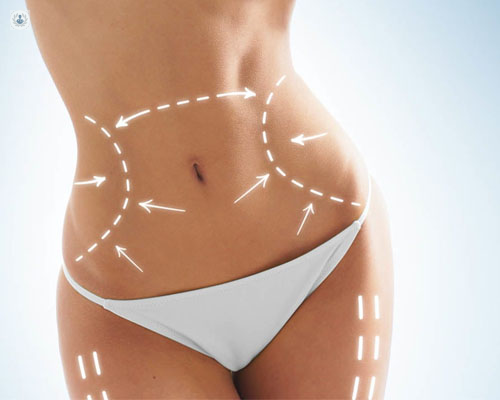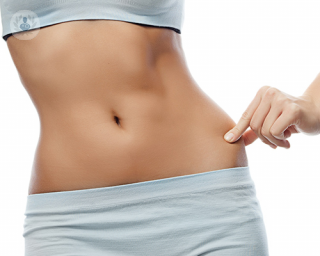Lipofilling
Mr T K Sankar - Plastic surgery
Created on: 03-23-2016
Updated on: 01-09-2024
Edited by: Carlota Pano
What is lipofilling?
Lipofilling, also known as lipomodelling, fat transfer or lipotransfer, is a cosmetic surgery procedure for body remodelling. The purpose of this treatment is to increase the volume of an area or to correct a contour deficit. This is achieved through the suction of an amount of fat from an area in which it is naturally present in greater amounts, and the transplant of that fat in the area to correct.

How is lipofilling done?
The fat is removed from the deeper fatty layers, of either your abdomen, buttocks, inner thighs or hips, using a special needle and syringe. This part of the procedure is called liposuction. The removed fat cells are then separated from the body fluid using a special equipment tool, called a centrifuge.
The fat cells are then injected into the contour deficit. This procedure may need to be repeated several times depending on the amount of fat required to complete the procedure.
How should you prepare for lipofilling surgery?
Before surgery, a preoperative assessment is essential, for the patient and surgeon alike. During the visit, the plastic surgeon evaluates the lifestyle and the patient’s possible pathologies. The surgeon will identify areas from where they can remove fat and where it will be injected. The patient will confirm whether they're happy to do this.
The planning of the operation is complete by identifying the areas of the body that will be affected, photos are also taken to compare with the result after surgery. Instructions are given to the patient on what their diet should consist of before and after the surgery.
The most common recommendations are that the patient should abstain from smoking four weeks before the surgery and eight weeks after.
What should you do after lipofilling surgery?
Immediately after treatment, the patient should wear a compression garment for three weeks to avoid swelling and bruising. The patient is likely to feel pain in the treated area. This can be alleviated with painkillers.
The patient is prohibited from taking anti-inflammatory drugs afterwards or acetylsalicylic acid - this is due to how they alter microcirculation and increase the risk of infection. The patient is prohibited from smoking for up to eight weeks after surgery.




